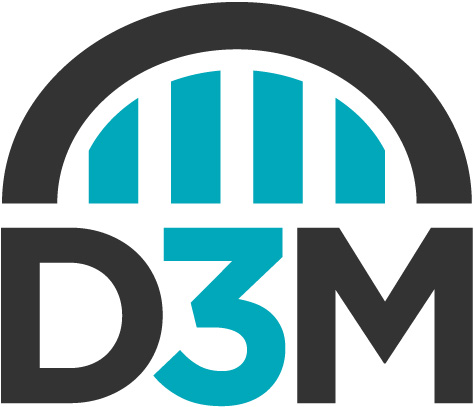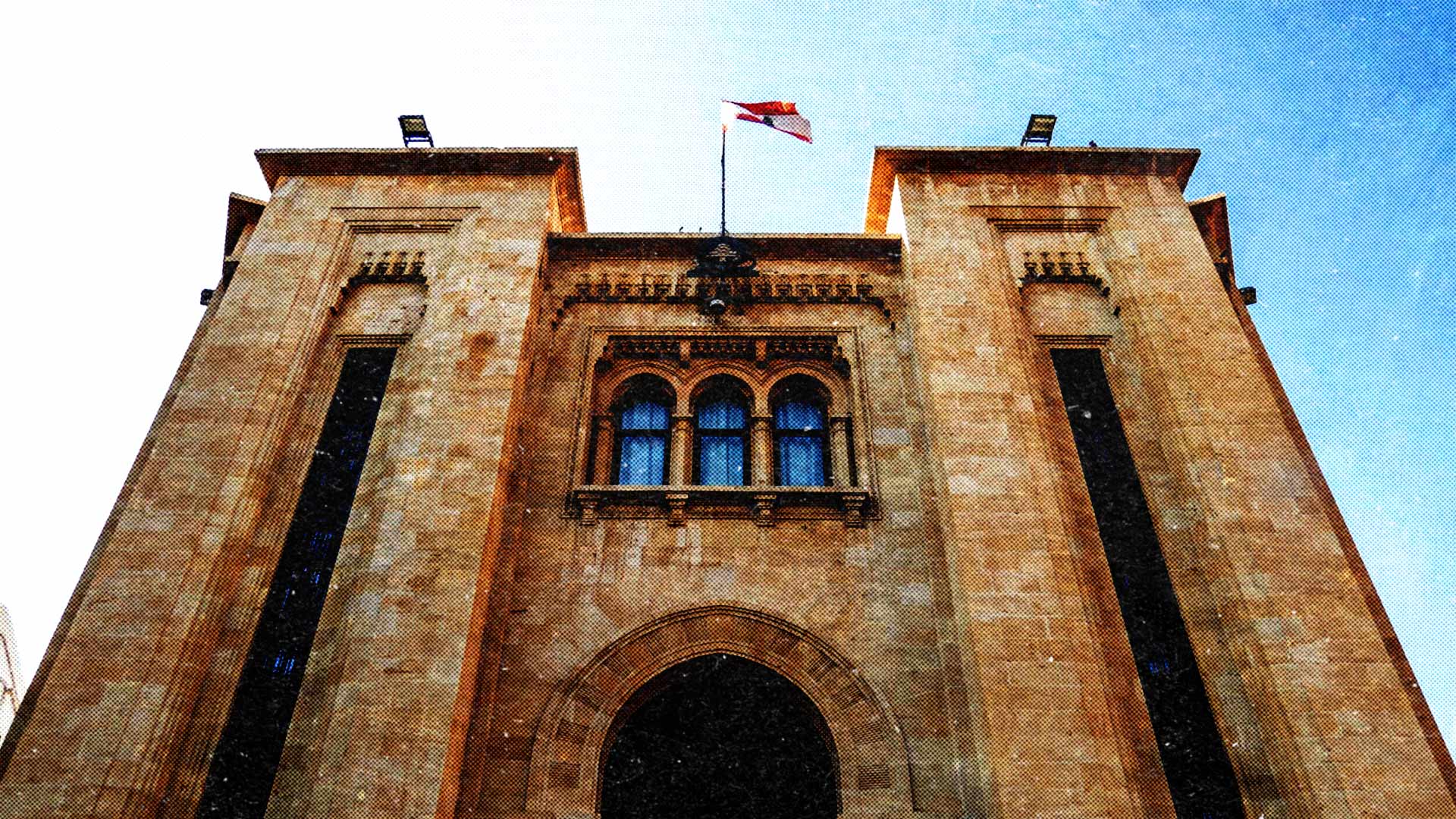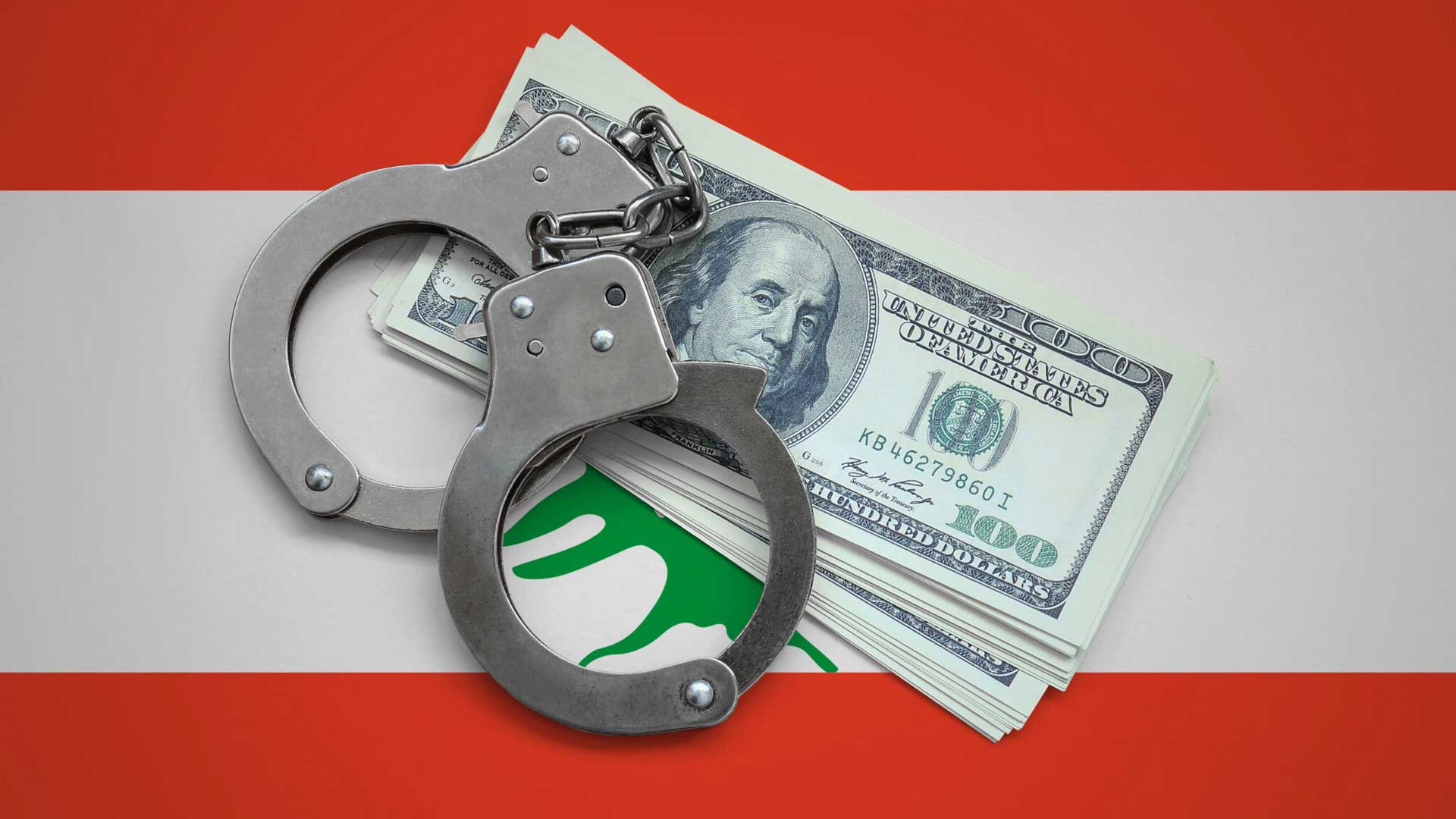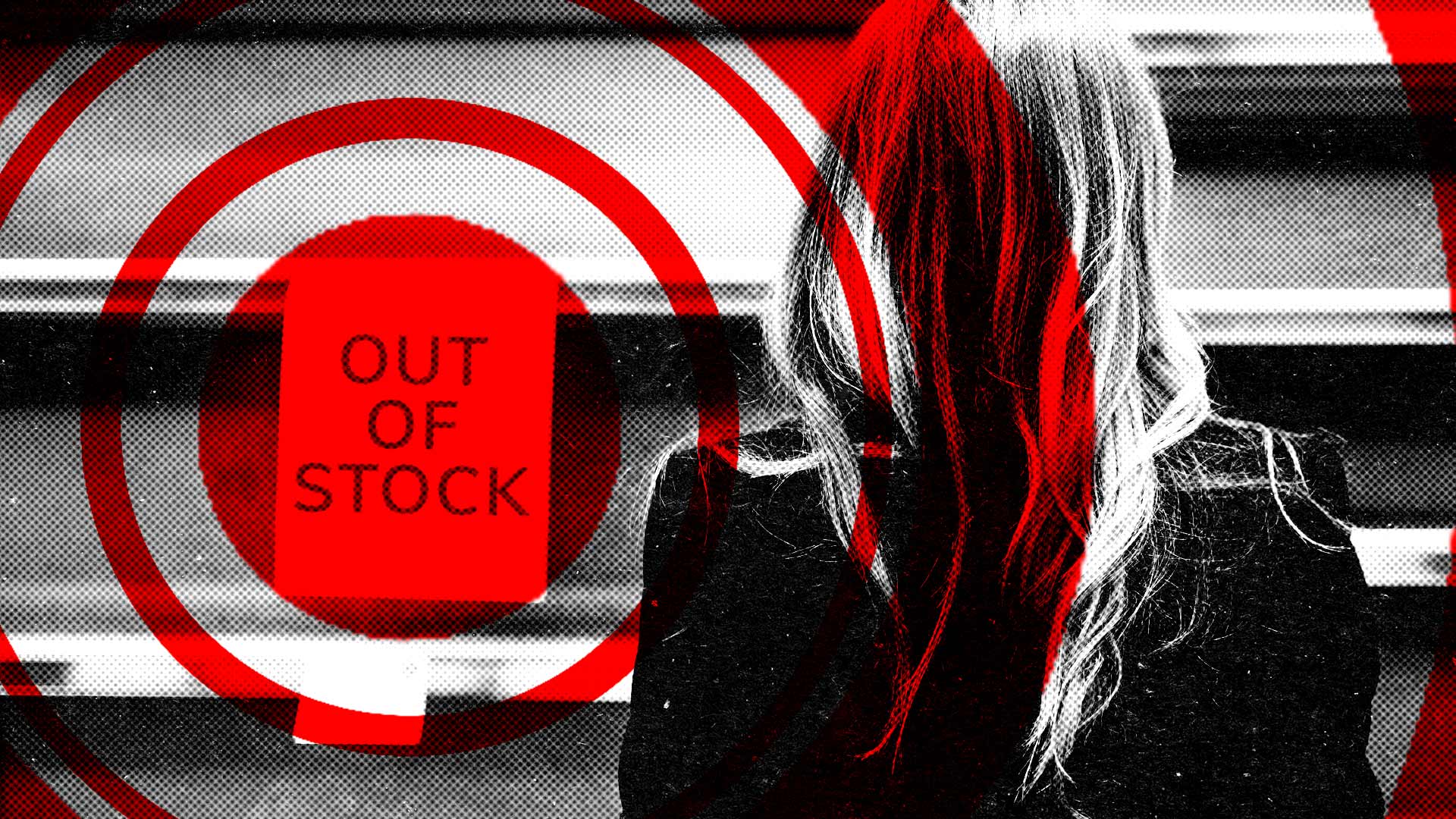I. INTRODUCTION
The onset of the Lebanese of financial crisis, caused by years of fiscal indiscipline, a skewed economic model dependent on inflows of foreign currency, illegal BDL circulars, and lack of confidence in the Lira have all lead in one way or another to a long and acute divergence between the official exchange rate and that of the parallel market. Unifying the many exchange rates and reforming monetary governance is a precursor to rehabilitating the Lebanese economy.
Averse to implementing reforms, the government and the central bank have managed the spiralling decline of the lira through the manufacture of multiple of exchange rates used in different circumstances and transactions. These include the bank rate (commonly knowns as lollar), the Sayrafa rate, the National Social Security Fund rate, and the different customs rates, to name a few. This fragmented exchange rate policy has created market distortions, spurred dollarization and the decline of formal financial cycles, an unfair distribution of losses, and contributed to widespread poverty and skyrocketing inequality.
This position paper outlines the facets that control the haphazard and irresponsible manner in which the government and central bank have regulated exchange rates and monetary policy in Lebanon, and the legal framework in which this has taken place. This paper then outlines the policy recommendations to help Lebanon begin addressing its ongoing currency crisis.
II. BACKGROUND
Fiscal Indiscipline and Low Tax Revenues
The Lebanese government budget has for decades been characterized by overspending with little to show for it, which has led Lebanon to have the third worst debt-to-GDP ratio in the world at 171%. Not surprisingly, debt servicing in recent years has been the largest single budget item, followed by government salaries and subsidies for the public power producer – with the latter two woefully underperforming in spite of their cost.
Government tax revenues were equivalent to $7.81 billion before the crisis, or roughly 15-16% of GDP — a much lower proportion of tax revenue relative to economic activity than either Morocco or Tunisia, which are only marginally poorer. Following the crisis, tax revenue in Lebanon collapsed by 86%, equivalent to $1.13 billion.
To cover the shortfall in state revenues the government has relied on monetary expansion, with the central bank issuing new lira into circulation to money make up the difference, further driving depreciation of the domestic currency. At the same time, Lebanon’s tax policy continues to be characterised by a reliance on indirect taxes, weak revenues from progressive tax streams, and abundant loopholes for the rich to avoid taxation, placing the burden of taxation disproportionately on the middle and lower classes.
Who is allowed to set the exchange rate: Legal Analysis
The central bank is governed by the Code of Money and Credit (Promulgated in 1963) which grants it the exclusive right to issue money and makes it responsible for ensuring exchange rate ‘stability’ in agreement with the Minister of Finance, without explicit mention of being able to set exchange rates. Meanwhile, Articles 2 and 229 of the same law states that only parliament is able to set exchange rates, unless in exceptional circumstances and on condition that the sovereign gold reserve remains unaudited. Pre-2022, these articles were abused by the central bank and Ministry of Finance to institute and govern multiple exchange rates—in effect creating a haircut on commercial bank deposits. However, the 2022 budget, that parliament passed, arguably conferred the power to set exchange rates to the Minister of Finance and the central bank.
The Official Exchange Rate & Lollar
Since 2019, the central bank’s response to the crisis has been the introduction of numerous circulars that serve as ad hoc and often counterproductive measures to arrest the deterioration of Lebanon’s monetary environment. The complex interplay between these circulars has generated arbitrage opportunities and market distortions.vi The original sin can be found in the form of the “lollar,” dollar deposits made pre-crisis that are subject to informal capital controls set by commercial banks.
Unable to issue new bonds, the Treasury has relied on the central bank printing new lira to fund its budget deficit. The increased money supply has contributed to the severe devaluation of the lira against the dollar. The M1 money supply rose from LL12.7 trillion in Oct 2019 to LL94.9 trillion in Jan 2023, an increase of 650%. This has eviscerated the public’s lira-denominated savings and salaries and severely impacted households’ quality of life.
In February 2023, the official USD/LL exchange rate was changed for the first time in decades. Pegged to the dollar at 1507.5 LL/USD since 1997, official exchange rate was increased to 15,000 LL/USD. Central bank governor Riad Salameh claimed that the official devaluation of the lira exchange rate was a step towards exchange rate unification. Caretaker Finance Minister Youssef has given repeated assurances that the yet-to-passed 2023 budget will include steps towards the same end, although parliament has yet to vote on the bill.
The Sayrafa Platform
The central bank uses the Electronic Exchange Platform, known domestically as Sayrafa, as its primary instrument to intervene in currency markets. During interventions, the central bank injects foreign currency into the economy by selling dollars on the platform at a discounted rate (known as the Sayrafa rate. The central bank has attempted to use the platform, established in April 2020, to bring the foreign exchange market back under its supervision, by mandating that banks, legal foreign exchange offices and other currency traders, carry out their foreign currency transactions on Sayrafa rather than on the parallel market. The central bank’s stated aim was to arrest the rapid decline of the lira against the US dollar and to formalise transactions through the banking sector and official exchange dealers.
The platform undertook a new role as the lira kept declining, leading the central bank to announce in December 2021 that it would provide unlimited dollar liquidity to Sayrafa. The announcement, along with a loosening of requirements on parties permitted to trade on the platform, led to volumes surging (from $1.3 million daily average between July 26 and October 13, 2021, to a daily average of $84.4 million from March 1 to May 31, 2023). It is important to note that the central bank does not publish data on the nature of the parties trading on the platform nor buy and sell volumes – leading to the perception of Sayrafa operating as a “black box”.x The central bank does publish overall daily volumes, which averaged $74 million per day in the first four months of 2023.
The World Bank world bank is critical of Sayrafa’s efficacy and sustainability; the IMF shares this opinion and stresses the need for the platform to transition to a true automated clearing house. Econometric analysis by the World Bank suggests that Sayrafa is overall an ineffective monetary policy tool, with a low correlation between the Sayrafa rate, Sayrafa volumes and parallel market rates.1
The source of dollar liquidity is also unsustainable. Due to the parallel market price of a dollar being higher than on Sayrafa, it is assumed that all dollars sold on the platform are from central bank, making the BDL’s ability to source US dollars critical to the platform’s operation. The World Bank points to periods in which rapid declines in the central bank’s remaining gross usable foreign exchange occurred in tandem with high Sayrafa volumes. It is likely part of the $4.82 billion decrease in foreign exchange reserves stem from operating Sayrafa. Spikes in domestic currency in circulation and sharp drops in the lira’s exchange rate prior to central bank interventions suggest that the BDL is also purchasing dollars on the parallel market to finance the platform.
The point of highest concern surrounding the Sayrafa platform is the arbitrage profits generated by the entities participating (with the amounts they are trading in unknown outside of the central bank). The World Bank estimates that these profits total $2.5 billion since Sayrafa’s inception, effectively functioning as a subsidy for banks, currency traders, importers, and favoured individuals and corporations. Notably, these subsidies for importers do not appear to be reflected in prices consumers pay.
In short, the Sayrafa platform has historically been ineffective and appears to increase rather than decreased exchange rate volatility, although the parallel exchange rate has seen a remarkable period of stability from April to June 2023. The platform, whilst costly to foreign exchange reserves, could theoretically be financed with the central bank’s remaining foreign reserves for another few years, However, at present the platform’s only logical objective is delaying the implementation of a new monetary and exchange rate framework.
III. POLICY RECOMMENDATIONS
The monetary policy adopted by the Ministry of Finance and central bank in response to the crisis has only served to buy time for those responsible for Lebanon’s economic and currency crises. The need for both radical and progressive exchange rate reforms is obvious and urgent. A prerequisite to this reform is rebuilding confidence in key areas, such as monetary policy governance and the finance sector. Thereafter the government and parliament must gradually unify the exchange rates and pursue an orderly monetary policy transition to a managed float for the lira. Doing so will rely on three inter-related pillars: restructuring the banking system, regaining confidence of the markets, and introducing the management protocol for the lira float.
Restructure the Banking System
A prerequisite for exchange unification is the implementation of just deposit recovery plan and a radical restructuring of the banking system. The primary issue at present is the de facto differentiation between “fresh” and “old” money in the Lebanese economy with lollars subject to severe haircuts and withdrawal limits. With the implementation of a successful and just deposit recovery plan, this illegal value-differentiation between the two will be resolved. This is critical to restore the financial system’s viability, credibility, and support economic recovery, as stressed in the Staff Level Agreement made with the IMF.
- First and foremost, the hole in central bank finances and the government’s outstanding debt must be dealt with separately from commercial bank obligations to repay depositors.
- The primary responsibility of commercial banks to pay back their liabilities to their depositors must be acknowledged, regardless of the vast losses commercial banks incurred during the crisis, given that their irresponsible engagement in financial engineering was a catalyst for the country’s current predicament.
- Insolvent banks should be declared bankrupt and exit the market.
- Commercial bank restructuring needs to secure minimum cash payments to depositors of up to $250,000 per account, covering 96% of accounts, in line with US Federal Deposit Insurance Corporation (FDIC) standards. Minimum yearly re-payments need to be guaranteed for syndicates to cover the cost of hospitalisations and pensions.
- These recovery costs can be funded by the sale of both foreign and domestic bank assets, recapitalisation, and clawback provisions.
- It’s important to note that banks profited $5 billion from the disastrous financial engineering scheme and paid out politically connected shareholders hundreds of millions of dollars in dividends over the period from 2015 to 2019. And thus, clawback provisions can yield significant asset recovery levels if combined with international sanctions and cooperation.
Any plan must under no circumstance involve forced haircuts of depositors’ funds or involve the sale of state assets, such as BDL foreign exchange reserves and gold.
Regain the Confidence of the Markets
i. Reform and Clarify Monetary Policy Governance
Monetary policy governance both in general and in terms of central bank operations are in dire need of reform. The Code of Money and Credit (1963), the 2022 budget, and the multiple central bank circulars that at present govern interest rates have created a lack of clarity as who has the prerogative to make the required changes to the exchange rate regime. This needs to be clarified by the government and parliament with the necessary checks and balances, especially given the departure of current BDL Governor Riad Salameh and the entrance of a new central bank leadership for the first time in 30 years.
The central bank must adopt best practices; its involvement in financing budget deficits of the government and the EDL should cease. Enhancing central bank oversight is critical given the current state of operations in which decisions are made in a highly centralised and opaque manner. The Central Council of the BDL should be reformed to eliminate government representation. The seats currently occupied by the director generals of the ministries of finance and economy should be reallocated to independent, non-executive directors.
At present, the central bank is lacking adequate checks and balances. For example, the Higher Banking Commission (HBC), the judicial body at the central bank, is compromised by conflict of interest. It is chaired by the governor of the central bank, at present Riad Salameh, who has veto power over the commission’s decisions. The central bank governor heads two other banking oversight bodies: the Special Investigations Commission and the Capital Markets Authority.
This is a case of systemic double hatting, where the chair of a board also serves as an institution’s chief executive. Double hatting is prohibited by the Basel Committee on Banking Supervision (BCBS) and seen to have contributed to the 2008 financial crisis. The Lebanese government should commit to the BCBS’ principles to ensure that future governance of the central bank is devoid of political influence and conflicts of interest.xiii
Furthermore, the budget and salaries for the supervisory bodies that oversee the central bank are currently set by the central bank itself. This must also be set by an independent body and fall in line with wider civil service reform.
ii. Adopt Fiscal Discipline and Boost Tax Revenues
Controlling the volume of money in circulation is critical to manage inflation expectations, reduce exchange rate volatility, and increase confidence in the lira. The central bank must end its policy of financing government spending through monetary. This will require passing fiscally responsible budgets in a timely manner and fiscal reforms to raise tax revenues.
One of the last remaining sources of potential revenue for the government is progressive taxation and improving tax collection systems. Progressive reforms such as increasing the top-tier personal income tax and reforming banking secrecy (estimated to have cost the government $5 billion in 2015 due to domestic tax evasion) will likely be opposed by entrenched interests and will require widespread political support. This must be undertaken in tandem with restructuring the financial system to reduce the proportion of transactions undertaken in cash to make tax collection easier.
Introduce a Managed Float of the Lira
With the policy recommendations above in place, the lira will be in a position to enter a managed float. Only when the lira has stabilised at a reasonable and sustainable level – governed by increased confidence and market forces – should the central bank intervene to protect the exchange rate from extreme volatility with its remaining foreign exchange reserves, bolstered by the IMF fund facility. Overall, the central bank should maintain a conservative approach to initiating currency market interventions.
After the successful restructuring of the financial system and the implementation of confidence-restoring reforms, exchange rates should be unified around the Sayrafa platform rate for all foreign currency transactions. This includes the collection of taxes, import duties, and currency conversions made at money changers. Sayrafa’s role should transition from an instrument to intervene in foreign exchange markets to a central bank clearing house. Foreign exchange transactions should primarily be undertaken amongst banks and financial actors rather than with the central bank.
This paper was compiled with the support of the Friedrich Ebert Stiftung.




